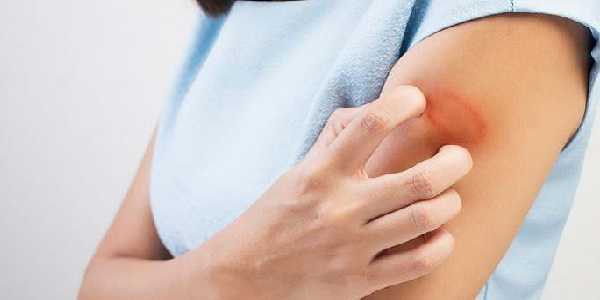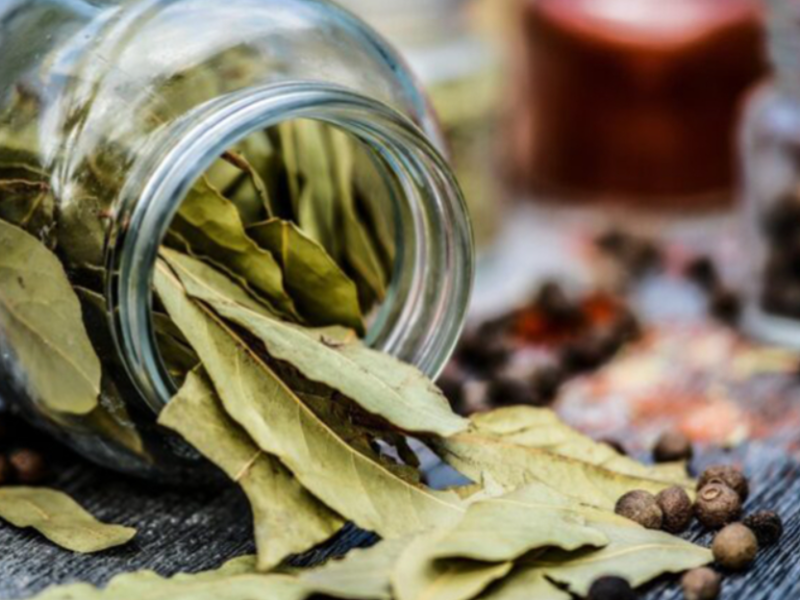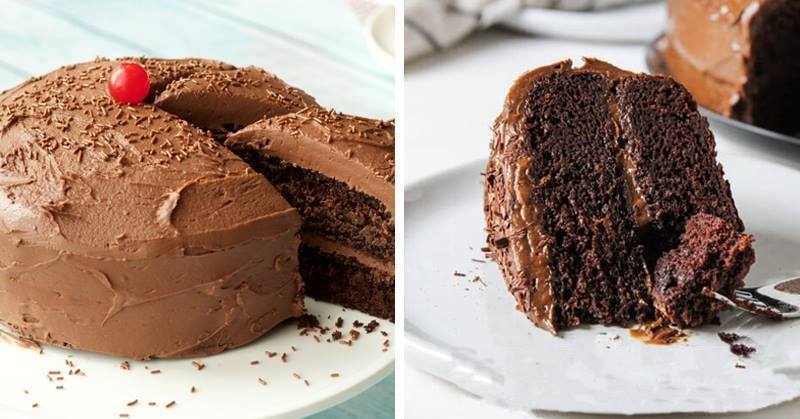Ringworm is a fungal infection that occurs on the skin’s surface in the form of red circular patches. While the problem in common in adults, kids are also prone to this type of infection.
As ringworm is highly contagious, kids need to be kept at home and away from parks and school.
This type of fungal infection usually occurs on the scalp, feet, legs, hands and nails, as sweating is higher in these areas.
The characteristic symptoms of ringworm in kids are loss of hair in patches, itching and scaling skin, and even pus-filled sores. The symptoms start showing 4 to 10 days after initial exposure.
Kids can pick up the ringworm infection in a variety of ways. It may be through use of public pools and showers, spending time with infected pets, playing in contaminated soil and through direct skin-to-skin contact.
Even though ringworm is not dangerous, it can be irritating enough for your child to become restless and disturbed due to the symptoms.
To prevent ringworm from spreading, hygiene plays a major role. The World Health Organization recommends proper hygiene as a preventive measure. You need to keep your child’s skin clean and dry, shampoo their hair regularly and avoid sharing personal-care items with others.
Over-the-counter fungal creams, powders and lotions are available for the infection. However, you can also use some simple home remedies to get relief from itching and inflammation.
Here are the top 10 home remedies to treat ringworm in kids.
1. Apple Cider Vinegar
Apple cider vinegar contains natural antifungal components that help treat skin infections like ringworm.
Also, its acidic property helps kill the fungus and stop the infection from spreading rapidly. The ringworm fungus doesn’t thrive in acidic environments.
Plus, it speeds up the healing process by boosting your child’s immunity.
- For topical use: Apply a small amount of undiluted raw, unfiltered apple cider vinegar on the patchy areas using a cotton ball. After 30 minutes, rinse the area with cool water and pat dry the skin thoroughly. Do this 2 or 3 times a day to get rid of the problem. In case of broken skin, mix equal parts of apple cider vinegar and water and then use it.
- For consumption: Mix 1 or 2 teaspoons of raw, unfiltered apple cider vinegar and a little honey into a glass of warm water. Give it to your child to drink twice daily to help fight the infection from within.
2. Tea Tree Oil
You can also use tea tree oil to treat ringworm in kids.
This essential oil has antifungal activity that will fight the fungus that causes ringworm. It also relieves itching and inflammation when applied on the infected area.
A 2003 study published in the Journal of Applied Microbiology reports that most components of tea tree oil have activity against a range of fungi.
Also, 2006 study published in the Clinical Microbiology Reviews highlights the antifungal activity of tea tree oil.
Tea tree oil should only be used topically.
- Put a few drops of tea tree oil on a cotton ball and dab it on the affected areas. Do this 2 or 3 times a day for 1 week or so.
- Alternatively, you can dilute tea tree oil in an equal amount of coconut oil. Apply it on the affected skin. Use this treatment once daily.
Caution: Take extra precautions that your child doesn’t ingest any tea tree oil by putting their mouth anywhere near the rash. Also, it is advisable to test a drop of this essential oil on a patch of skin to determine the sensitivity and see if it causes any adverse reaction.
3. Coconut Oil
Coconut oil is another good remedy that you can try at home. The fatty acids found in coconut oil help kill fungal cells by damaging their cell membranes.
Its moisturizing property will help reduce the itchiness on the affected areas. The oil also aids the healing of the affected skin.
In a 2007 study published in the Journal of Medicinal Food, researchers concluded that coconut oil should be used in the treatment of fungal infections in view of emerging drug-resistant candida species.
A 2014 study published in the Natural Medicine Journal highlights the topical anti-infective properties of coconut oil due to the medium-chain fatty acids it contains.
For topical use:
- Apply extra-virgin coconut oil directly on the infected areas. Massage with it for a few minutes and leave it on overnight, then wash it off the next morning. Do this daily before going to bed.
For consumption:
- Include extra-virgin coconut oil in your child’s diet. Start with 1 teaspoon and gradually increase the dosage up to 1 tablespoon daily.
4. Garlic
Garlic works as a natural antifungal agent and can help treat different types of fungal infections, including ringworm in kids. Its antifungal properties help stop the growth of the fungi and provide relief from the itching.
A 2014 study published in the Iranian Journal of Basic Medical Sciences revealed that while pure allicin is more efficient in inhibition of the growth in hyphal cells compared to garlic extract, both could be used as alternatives in treating ringworm.
Another 2014 study published in Avicenna Journal Phytomedicine confirms the antifungal activity of garlic.
For topical use:
- Make a paste by blending 2 or 3 crushed garlic cloves with some olive or coconut oil. Apply a thin layer of paste on the affected skin and cover it with gauze or a bandage. Leave it in place for up to 2 hours before rinsing it off. Repeat twice daily until the symptoms resolve.
- Alternatively, apply garlic oil on the affected areas. Wait 20 minutes, then wash it off. Repeat once daily for a few weeks.
For consumption:
- Try to include garlic in your kid’s diet, too.
5. Licorice
Licorice, a common herb used in traditional Chinese medicine, has strong fungicidal compounds and can be used to treat fungal infections like ringworm.
A 2015 study published in Acta Pharmaceutica Sinica B reports that licorice has potent antiviral as well as antimicrobial, anti-inflammatory, antitumor and other activities.
For topical use:
- Pour 1½ cups of water into a saucepan, and add 5 or 6 teaspoons of licorice root powder to it.
- Bring it to a boil, then let it simmer for another 20 minutes.
- Strain it and allow the solution to cool down.
- Soak a cotton ball in the liquid and dab it on the affected areas.
- Leave it on for at least 10 minutes, then rinse it off with lukewarm water.
- Do this 2 or 3 times a day.
6. Indian Lilac
Indian lilac, also known as neem, is rich in antifungal properties that help treat ringworm in kids. It helps prevent the fungus from spreading and also provides quick relief from the symptoms.
A 2011 study published in the Brazilian Journal of Microbiology reports that 20% ethyl acetate extract from neem leaves has the strongest inhibition compared with the activity obtained by the same concentration of other extracts from neem leaves.
A 2014 study published in the Brazilian Journal of Oral Sciences also highlights the antifungal efficacy of neem extracts.
For topical use:
- Apply neem oil on the affected areas 2 or 3 times a day until the infection clears. You can rinse the oil off your skin after 30 minutes.
- Alternatively, combine equal parts of neem leaves paste, turmeric powder and sesame oil. Apply this paste on the affected areas and leave it on for 1 hour. Rinse it off with lukewarm water and pat dry the area thoroughly. Repeat twice daily until the infection has cleared.
7. Aloe Vera
Aloe vera is another natural remedy for any kind of fungal infection, including ringworm. It helps fight the cause of the infection and soothes symptoms of itchiness, inflammation and discomfort.
According to a 2008 study published in the Indian Journal of Dermatology, aloe vera contains six antiseptic agents: lupeol, salicylic acid, urea nitrogen, cinnamonic acid, phenols and sulfur. They all have inhibitory action on fungi, bacteria and viruses.
For topical use:
- Cut open a leaf from an aloe vera plant.
- Scoop out the gel and apply it directly on the infected areas.
- Wait 30 minutes, then wash it off with warm water.
- Repeat twice a day.
8. Oregano Oil
Oregano oil is another good remedy for fungal skin infections. Potent components of oregano oil, such as carvacrol, contain impressive antifungal powers.
A 2001 study published in Molecular and Cellular Biochemistry highlights the efficacy of oregano oil for fungal infections.
When used topically for ringworm, it can really clear up an infection fast.
- Mix 2 or 3 drops of oregano oil in 1 tablespoon of olive oil.
- Apply it on the infected areas.
- Leave it on for 20 to 3o minutes. You do not need to rinse it off.
- Do it 2 or 3 times a day.
9. Turmeric
You can also use turmeric to treat ringworm in children. It has powerful anti-inflammatory and antifungal properties that help relieve the symptoms as well as kill the fungus that causes this problem.
Turmeric is also good for your child’s immunity.
For topical use:
- Extract the juice from grated, raw turmeric root. Apply the juice on the ringworm 2 or 3 times a day until the infection clears. Leave the juice on your skin for at least 30 minutes before rinsing it off.
- Alternatively, mix ½ teaspoon of turmeric powder with enough olive oil to form a paste. Apply it on the affected areas. Cover it with a bandage or gauze. After 1 to 2 hours, rinse off the turmeric paste and reapply it. Do this a few times a day until the infection is gone.
For consumption:
- Add 1 teaspoon of turmeric powder to a glass of warm milk. Give it to your child to drink twice daily.
10. Colloidal Silver
Colloidal silver is a great antibiotic and a completely safe remedy for treating ringworm in kids.
It has potent antifungal abilities that help destroy the dangerous microorganisms that cause this skin infection. The minute particles in colloidal silver stimulate healing in the skin and other soft tissues.
You need to use colloidal silver topically to eliminate ringworm.
- Before going to bed, use a cotton ball to apply a small amount of colloidal silver on the affected areas.
- Optionally, cover it with a bandage.
- The next morning, clean the areas with water.
- Repeat daily.
You should notice improvement in your child’s condition within days.
Additional Tips
- You can use an over-the-counter antifungal cream or powder, 2 or 3 times a day for a few weeks.
- Sometimes, pediatricians will prescribe an oral antifungal medication.
- In the case of ringworm on the scalp, you can use a special shampoo to help treat the scalp and prevent the spread of ringworm.
- As ringworm is very contagious, make your child stay away from close contact with any other children until after they begin treatment.
- It is advisable to keep ringworm covered with a bandage to prevent the infection from spreading to other parts of the body.
- You can also soak a cotton ball or cotton swab in a 2 percent iodine solution and dab it on the affected areas, 2 or 3 times a day for a few weeks.
- Build your child’s immune system to help fight the infection by giving them foods rich in vitamins C and D, and zinc.
- Avoid foods like sugar, cheese, bread containing yeast and chocolate.
- Wash your child’s sheets daily to get rid of the infection faster.
- Prepare some carrot and spinach juice in the ratio of 3:2 and give a glass of this juice to your child to drink.
- Change wet underwear and socks right away.
- Keep the skin and nails clean, and wash their hands with soapy water to help prevent ringworm.
- Avoid walking barefoot in communal showers or changing areas.
- From time to time, wear open-toed or loose shoes to allow air to circulate around the feet.
- Avoiding sharing clothing, towels or bed linens with a person who has a ringworm infection.
- Take a shower immediately after games or practice sessions.
- Wash sports gear regularly.
Take infected pets to a veterinarian for immediate treatment



